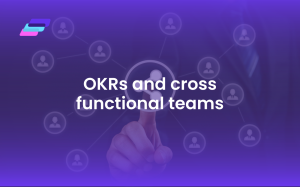Not OK..R


I am the founder and leader of the startup Futureworks. In this article, I delve into the mixed reactions to the implementation of OKR (Objectives and Key Results) in companies.
Despite its popularity and success, especially attributed to Google, not everyone likes OKR. This article explores why that is okay and how to handle it.

OKR is a goal management method consisting of “Objectives” (main goals) and “Key Results” (sub-goals). The main goal defines where the company wants to go and why, while the sub-goals are the specific results and effects employees must achieve to help the company reach its main goals.

While OKR is often praised for its benefits to companies, its impact on employees is less discussed. Based on my experience with many companies over the past 14 years, employee reactions are mixed.
Research and surveys reveal several issues employees have with their workplaces, which are also relevant to their views on OKR:
If implemented well, OKR can address many of the employees’ concerns:
Despite the potential benefits, the implementation of OKR can face resistance:
To ensure successful implementation of OKR, companies should:

To measure the success of OKR implementation from an employee perspective, companies can use several approaches:
To convert critics into promoters, companies can employ specific strategies:
To ensure that OKR implementation aligns with different job roles and functions, companies can:
Source References